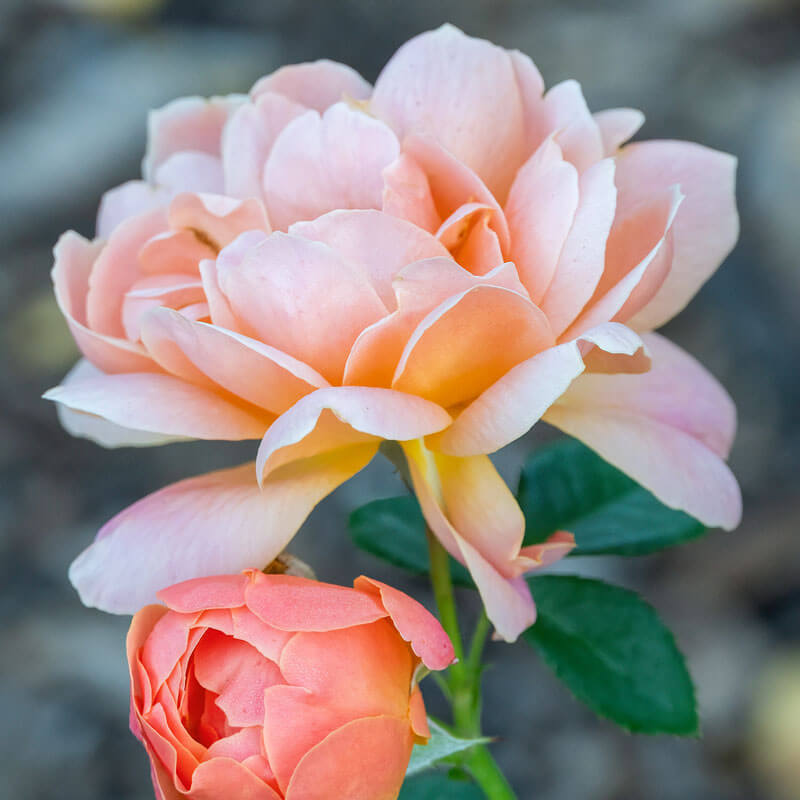THE LONG-AWAITED DEBUT of The Walled Garden finally arrived last Tuesday, May 17, and it was a wonderful day! To think that the book that I’ve been working on for more than 15 years was finally going out into the world to find its readers was absolutely thrilling. (And okay, I’ll admit it: a little terrifying too!)
The thing that surprised me most was what a dedicated community of readers and booklovers and just all-around delightful people I’ve found on Instagram and Twitter who are willing to read, review, and promote the books of (unknown) debut authors like me—it’s been truly heartwarming. And if you’re reading this now, you’re part of my support group too, and I just want to say again, from the bottom of my heart, THANK YOU!
My post today is a modified version of ten facts about The Walled Garden that I wrote as part of an interview for jeanbooknerd.com. You can read the full interview HERE.
- The characters of Lucy, Sir Edmund, and Sam first came to me in a dream more than 20 years ago. It’s so long ago that I don’t remember many details, but I was intrigued so I started writing about these three characters, trying to discover who they were. Lucy and Sir Edmund came to me fairly quickly, but Sam was the most difficult—it took me multiple drafts to figure him out.
- Elizabeth Blackspear’s garden is based on a real English garden called Waterperry near Oxford. I would live there if I could—I’ve visited it twice and it’s just dreamy! I made some changes to suit the needs of my story, but most of it is just as it appears in the book: the entrance, the Virgin’s Walk, the River Walk, the café, the Garden Shop, and the way the house is situated in relationship to the garden. I made up the Grand Allée and the Grove of Saints, and then had fun situating Priory House, Sir Edmund’s estate, further along the River Walk.
- When my beloved writing coach suggested to me that Elizabeth Blackspear was a poet as well as a garden writer, I said to her, but that means I’ll have to write the poetry! Her response still makes me laugh whenever I think about it. She said, you don’t have to write the poetry, you just have to write something that sounds like the poetry! Needless to say, all of Elizabeth’s “poetry” in the book was written by me.
- Using the Victorian Language of Flowers to develop the code in Elizabeth’s letters to Amanda Silver, Lucy’s grandmother, was one of the most fun parts of writing the book. There are so many great Victorian meanings for plants that I didn’t get a chance to use, like: Beauty is your only attraction (Japan rose), Affection beyond the grave (Green Locust), Alas! for my poor heart (Deep red carnation), I change but in death (Bay leaf), and Your charms are engraven on my heart (Spindle tree). I was delighted to be asked to write a guest post for CrimeReads: If you love me, you will find it out: Mysteries Written in the Language of Flowers. Check it out HERE.
- I’ve been trying to grow a Maiden’s Blush rosebush in my own garden for the past four years, sadly, without great success. I’ve gotten a few flowers with that famous scent but it’s a bit sulky here. I’m starting to think it needs English soil to really thrive!
- The Duke of Charlborough is based on a real duke whom my family and I overheard being interviewed by a local newspaper at the café in the garden of his famous country house.
- I had a ton of fun making up flower-themed dresses for the Flower Fête. I’m still dreaming about the dress I would wear if I was fortunate enough to be able to attend. Below is the mood board I created for the Flower Fete–yes, that’s meant to be Lucy and Sam in the center! (Theo is to the left of Lucy next to a dark red rose.)

- I’ve written before about my love of Oxford, and my original intent was to set the book there. But as I wrote, my fictional villages of Bolton Lacey and Bolton St. George began to take on lives of their own, and I ended up (regretfully) cutting most of the Oxford scenes. But I couldn’t cut the tea scene at the Old Parsonage!
- I especially enjoyed creating the meals in The Walled Garden because as a reader I love it when authors give you the details of what people eat. I love savoring food vicariously (no calories!) but I also think it’s really fun to recreate literary meals from your favorite books with friends. There’s something about food that takes you inside that literary world in a tangible way.
- Le Couvent de St Geneviève in Dijon (while completely fictional) was inspired by a B&B run by an elderly order of nuns where I stayed in the hills above Florence in 2007. My room was very spare and cell-like, but the villa was an absolutely gorgeous place with an enchanting garden and amazing sweeping views out over the Italian countryside.
Hope you’ve enjoyed having an inside look at some of the inspirations behind The Walled Garden.
And now, summer is here on our doorstep, and I’d love to hear what you’re planning for the sunny season!
Featured image courtesy of Cathy Holewinski, unsplash.com
Mood board photo: my own

Leave A Comment